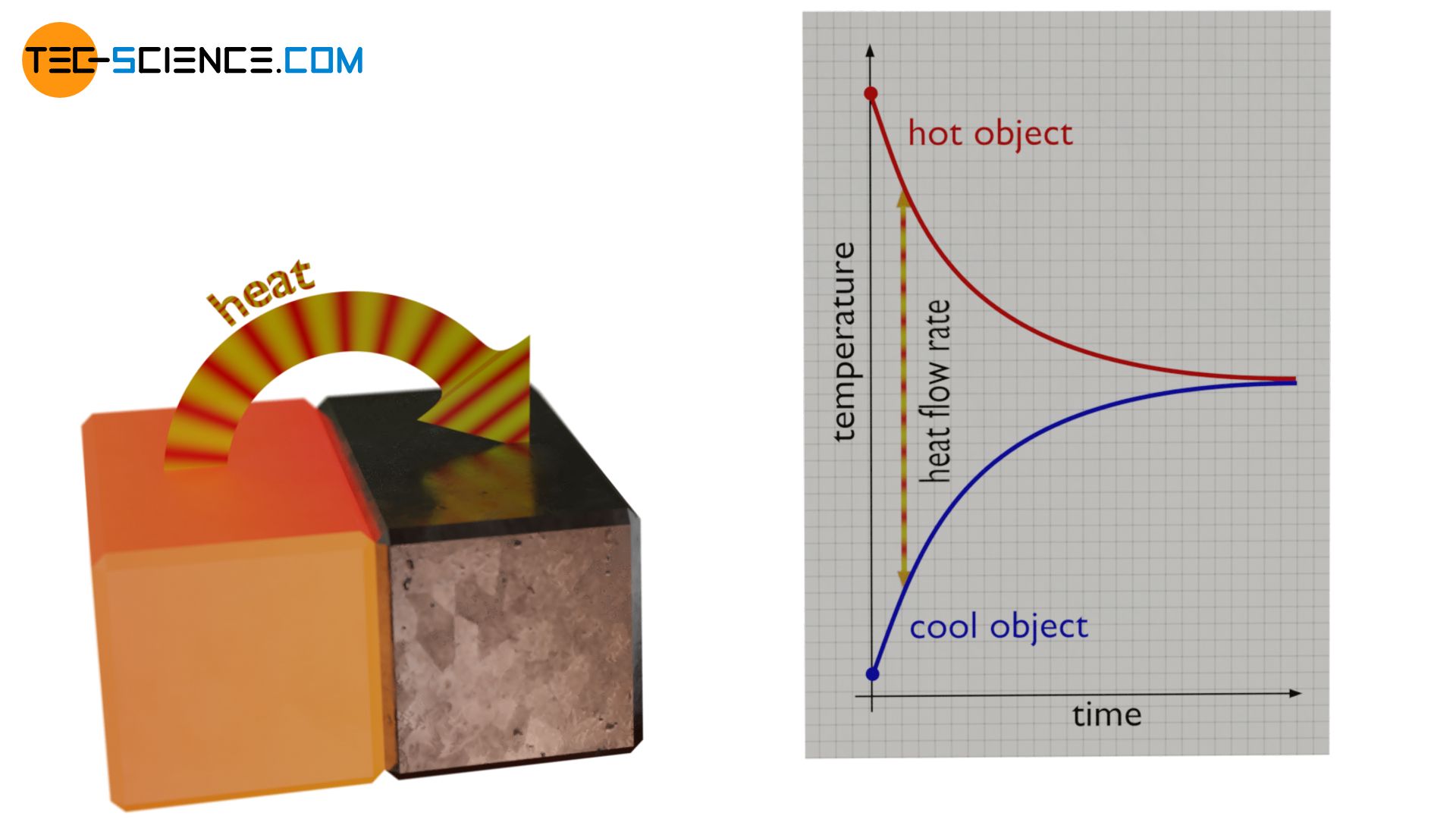

In this process the net storage heat flux ( Δ Q S) of a building is modified since the building fabric temperature isĬhanged by absorbing more heat from the internal heat generation. Transported into the atmosphere by turbulent sensible heat flux and outgoing Transported through the building fabric by conduction, allowing it to be Is released initially indoors (via heating or cooling application), then For example, the heat generated from human activities inside buildings Outdoor environment immediately but subject to change in magnitude and time Heat generated within the building volume is directly ejected into the Q F can contribute to the intensity of the urban heat island (Biggart et al., 2021). Subsequently contributing to higher cooling demand for buildings (Santamouris et al., 2001 Takane et al., 2019). Increases air temperature in cities (e.g. 43 % in an area of Beijing, Nie et al. (2014)) and The Q F has three major sources, including metabolic (people and animals)Īnd buildings ( Q F,B) (Grimmond, 1992). This is defined as the heat converted from consumption ofīiological, chemical and electrical energy and released to the atmosphereĭue to human activities (Oke et al., 2017). Source of energy to the environment is the anthropogenic heat flux To model the weather and climate in urban areas, an important additional The interface between meteorology, climatology and building design in urban However, disciplines may provide data to each

As disciplines often have interests inĭifferent scales, purposes and/or boundary conditions, the terminology andĪcceptable assumptions differ. meteorology, building design, geography,Ĭlimatology, hydrology, engineering). Human activities that influence energy exchanges are critical to a wide It isĮvident that storage heat fluxes in cities could also be impacted by Our newĪpproach could be used to provide data for future parameterisations of bothĪnthropogenic heat flux and storage heat fluxes from buildings. Temperature and solar radiation are critical meteorological factorsĮxplaining day-to-day variability of Q F,B. Q F,B by affecting not only Q EC but also the Opening windows, use of space heating and cooling system) modify the Is associated with a large storage heat flux. Occur as human activities can reduce heat emission from a building but this Hourly Q F,B to Q EC ratios vary between −2.72 andĥ.13 within a year in Beijing, China). The non-negligible differences in diurnal patterns between Q F,B and Q EC are caused by thermal storage (e.g. Simplified isolated building (obtaining Q F,B, Q EC, Simulations (EnergyPlus) we calculate the energy balance fluxes for a Q F,B is attributable to a change in the storage heatįlux induced by human activities ( Δ S o-uo) (i.e. Our derivation shows that the difference between Q EC and The changes in energy balance fluxes between occupied and unoccupiedīuildings. If Q F,B is the heat emission to the outdoorĮnvironment from human activities within buildings, we can derive it from ( Q EC) is a widely used proxy for the anthropogenic heatįlux from buildings ( Q F,B). In magnitude and time lag between building energy consumption and buildingĪnthropogenic heat emission is poorly quantified. Buildings are a major source of anthropogenic heatĮmissions, impacting energy use and human health in cities.


 0 kommentar(er)
0 kommentar(er)
